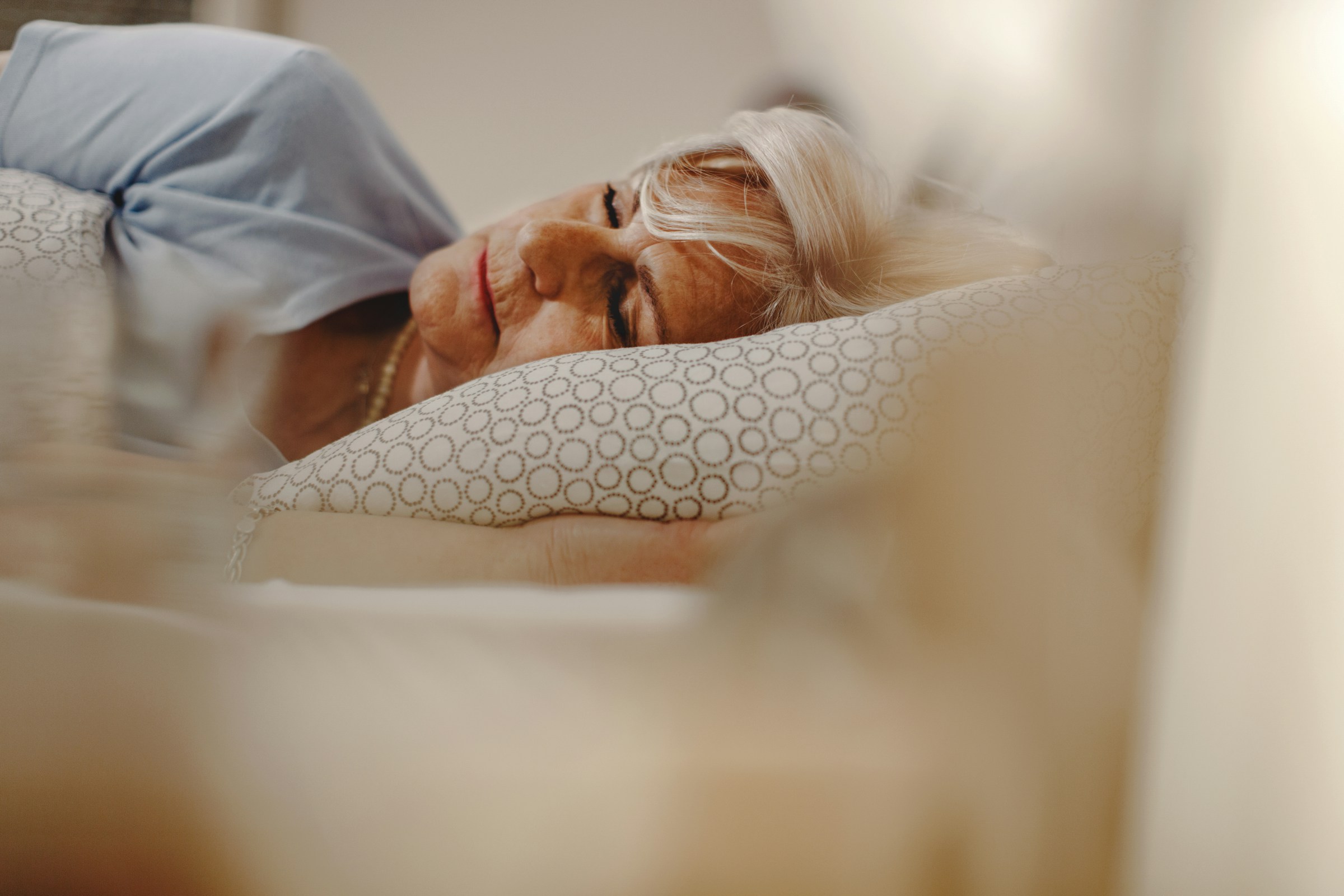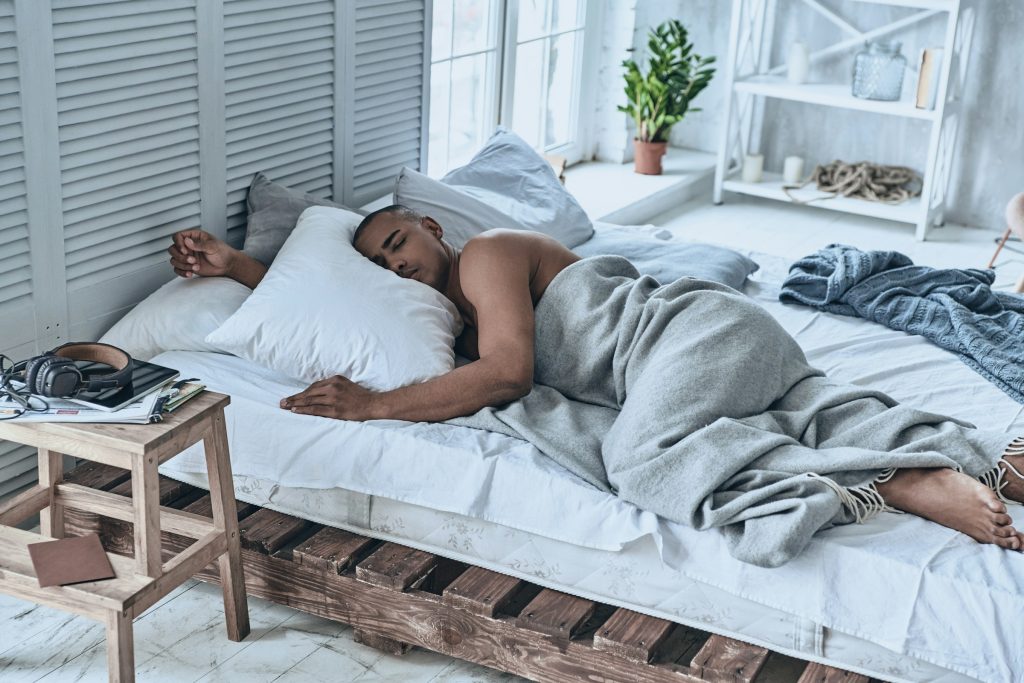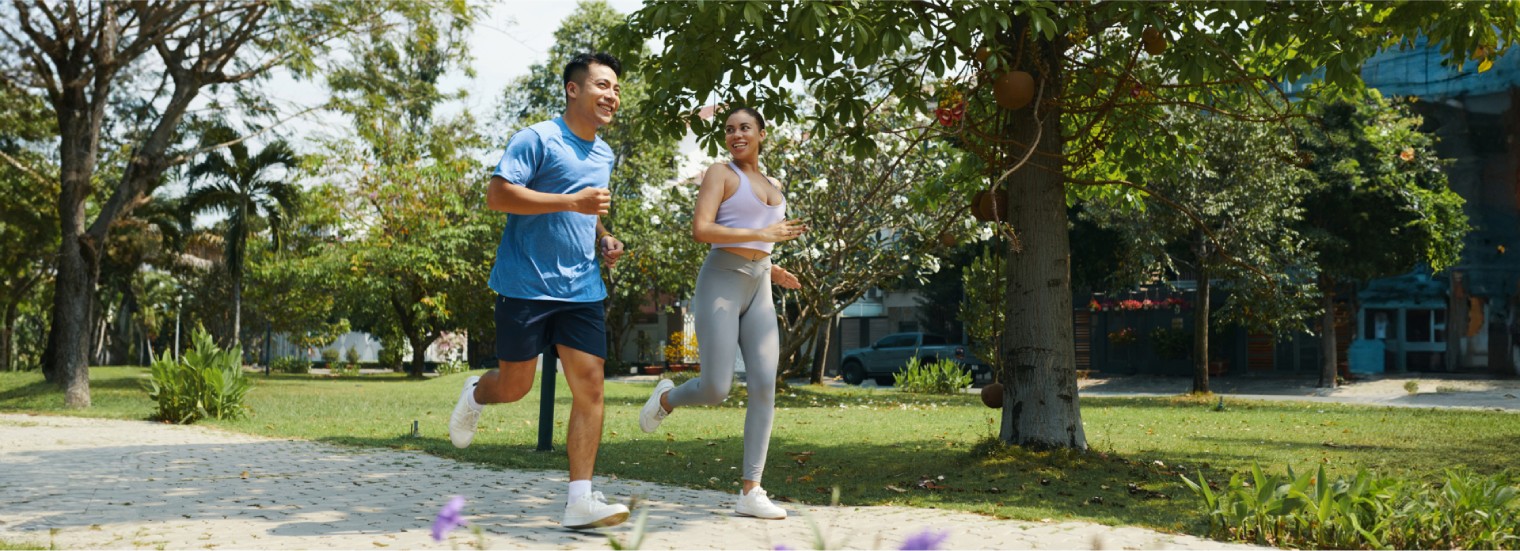As we age, our relationship with sleep becomes increasingly complicated. Gone are the days of effortlessly drifting off to dreamland and waking up refreshed. For many older adults, bedtime transforms into a nightly battle against insomnia, sleep apnea, and a host of other sleep-related issues. But fear not, dear reader!
This article will dive deep into sleep disorders in the elderly, exploring their unique challenges and the treatment approaches that can help them reclaim their rightful place in the land of Nod.

The Sandman’s Struggle: Understanding Sleep Changes in Older Adults
Before we delve into specific sleep disorders, let’s take a moment to appreciate the natural changes that occur in our sleep patterns as we age. It’s like our internal clock decides to permanently switch to daylight savings time!
The Shifting Sands of Sleep Architecture
As we gracefully mature, our sleep architecture undergoes a makeover:
- Decreased total sleep time
- Increased sleep fragmentation (more frequent awakenings)
- Reduced slow-wave sleep (the deepest, most restorative stage)
- Earlier bedtimes and wake times (hello, 4:30 AM!)
These changes are as normal as wrinkles and gray hair, but they can contribute to sleep complaints in the elderly.
The Insomniac’s Dilemma: Common Sleep Disorders in Elderly
Now that we’ve set the stage let’s explore the sleep disorders that frequently plague our golden-aged population.
Insomnia: The Midnight Menace
Insomnia is the most common sleep disorder in older adults, affecting up to 50% of this population. It’s like trying to fall asleep on a bed of coffee beans – frustrating and ultimately futile.
Symptoms include:
- Difficulty falling asleep
- Frequent nighttime awakenings
- Early morning awakening
- Daytime fatigue and irritability
Sleep Apnea: The Nocturnal Nuisance
Obstructive sleep apnea (OSA) affects an estimated 20-60% of older adults. It’s as if your airway decides to play a nightly game of “red light, green light” with your breathing.
Restless Legs Syndrome: The Limb Liberator
RLS affects 9-20% of older adults, causing an irresistible urge to move the legs, often accompanied by uncomfortable sensations. It’s like your legs are auditioning for Riverdance while you’re trying to sleep.
The Treatment Toolbox: Addressing Sleep Disorders in the Elderly
Now that we’ve identified the villains in this sleep saga let’s explore the heroes – the treatment approaches that can help older adults reclaim their sleep.
Non-Pharmacological Approaches: The Natural Knockout
- Sleep Hygiene Education: Teaching older adults about good sleep habits, like maintaining a consistent sleep schedule and creating a sleep-friendly environment.
- Cognitive Behavioral Therapy for Insomnia (CBT-I) is the gold standard for treating insomnia. It helps patients identify and change thoughts and behaviors that interfere with sleep.
- Light Therapy: Exposure to bright light in the morning can help reset the body’s internal clock, which is especially useful for those with circadian rhythm disorders.
- Exercise: Regular physical activity can improve sleep quality, but remember – no jumping jacks right before bedtime!
Pharmacological Interventions: The Chemical Cavalry
Pharmacological interventions for sleep disorders in the elderly require careful consideration due to the increased risk of side effects:
Short-acting non-benzodiazepines
These drugs, such as zolpidem and eszopiclone, are generally considered safer than traditional benzodiazepines due to their shorter duration of action. However, they should still be used with caution, especially in older adults with dementia or cognitive impairment.
Melatonin receptor agonists
Ramelteon, a melatonin receptor agonist, has shown efficacy in treating sleep-onset insomnia in older adults. It has a lower risk of falls, withdrawal, and tolerance compared to benzodiazepines.
Orexin receptor antagonists
Suvorexant, a dual orexin receptor antagonist, is effective for both sleep-onset and sleep-maintenance insomnia. It has a relatively benign side effect profile and may be particularly useful in patients with chronic obstructive pulmonary disease or mild-to-moderate obstructive sleep apnea.
Key Considerations
When prescribing sleep medications to older adults:
- Start with the lowest effective dose
- Use for the shortest duration possible
- Monitor for side effects and drug interactions
- Avoid long-acting benzodiazepines due to increased risk of falls and confusion.
- Consider the patient’s overall health status and other medications
Potential Benefits
Appropriate use of sleep medications can:
- Improve sleep quality and duration
- Reduce daytime fatigue and irritability
- Enhance cognitive function and mood
- Decrease the risk of falls associated with sleep deprivation
The Silver Lining: Improving Sleep Quality in Later Life
While sleep disorders in the elderly present unique challenges, they are not insurmountable. Older adults can significantly improve their sleep quality and overall well-being with proper diagnosis, treatment, and patience.
By addressing sleep issues, we can help our older population reduce their risk of falls, cognitive decline, and mood disorders. After all, a good night’s sleep is the best anti-aging cream money can’t buy!
Remember, while counting sheep might be a timeless remedy, seeking professional help for persistent sleep problems is a much more effective strategy. Sweet dreams, dear readers!
Frequently Asked Questions:
Can sleep disorders in the elderly be cured?
Are sleeping pills safe for older adults?
Sleeping pills should be used cautiously in older adults due to increased risk of side effects. Non-pharmacological approaches should be tried first, and a healthcare provider should closely monitor any medication use.



